Clancy Tucker's Blog, page 87
March 17, 2020
18 March 2020 - Stunning 'Avshalom Cave' - Israel
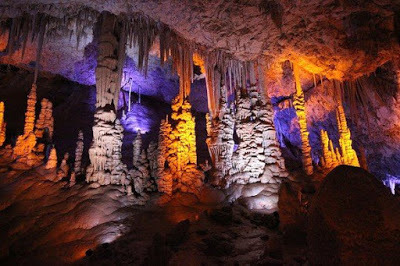
Stunning 'Avshalom Cave' - Israel -
G'day folks,This amazing ancient cave was kept secret for seven years to protect it from the public. In May 1968, workers at the Hartuv quarry in the Judean Hills were quarrying with explosives. Each blast was much like the one before, until a strange gap opened up in the rock face. Peering inside, the men discovered a large cave, its roof dripping with stalactites, the oldest of which would later be dated to around 300,000 years old. After its discovery, local authorities decided to keep the cave a secret, fearing the ancient formations would be damaged if it were opened to the public. Seven years later, on March 16, 1975, the cave was declared a nature reserve and its secrets were revealed.

The Avshalom Cave, also known as the Soreq Cave, has since become one of Israel’s most incredible natural wonders. From the roof of the 50,000-square-foot cavern hangs a forest of stalactites, the largest more than 13 feet long, slowly formed over millennia by the slow dripping of water through cracks in the ceiling. Rising up from the floor beneath them are a series of towering stalagmites, while some stalactites and stalagmites have joined to form pillars.
The result is a strange subterranean world of bizarre formations, with organic-looking shapes that resemble coral reefs and tentacles. Other formations have been compared to a whole range of objects: elephant ears, ice cream cones, the Lion King, and the U.S. Capitol Building.
The whole effect has been made even more trippy since the installation of a modern lighting system.

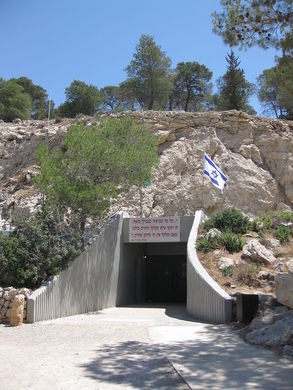
For years, the cave was illuminated by the white light of automobile headlamps. This, however, triggered photosynthesis and the algae inside the cave began to grow, threatening to cover the bare rock formations in a uniform smudge of dark green moss. The park officials then tried using ultraviolet light at night to kill the algae, but the algae eventually developed an immunity to UV light.
In 2012, a new anti-algae tactic was employed. A lighting system was installed that used only a limited part of the color spectrum, with shifting shades of orange, blue and green. Not only did this help to control the algae, it also gave the cave an otherworldly appearance that made the whole experience all the more memorable.


At the time, some park officials had mixed feelings about the new lighting, worrying it would detract from the cave’s natural beauty. Boris Kripak, a Russian-born archaeologist who worked at the cave, told the Las Angeles Times: “We don’t want to turn the cave into a discotheque.” But he also admitted that the shifting colors, which range from bright orange to deep purple, had given new life to the ancient cavern, saying “It’s like the cave is breathing.”

Clancy's comment: Amazing, eh?
I'm ...

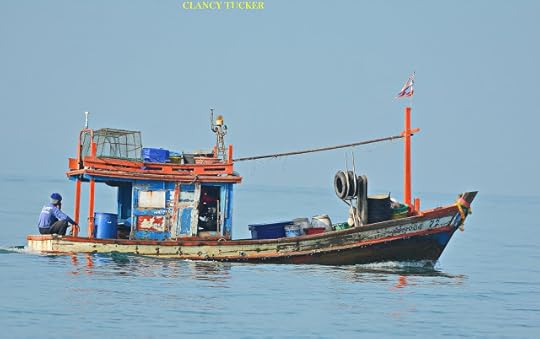
Published on March 17, 2020 13:19
March 16, 2020
17 March 2020 - Mbala Old Prison - ZAMBIA
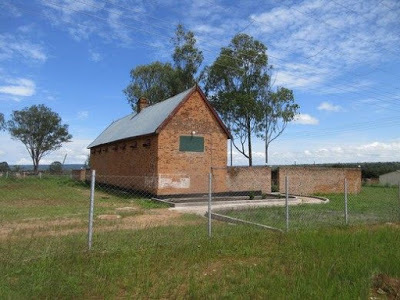
Mbala Old Prison - ZAMBIA -
G'day folks,This old brick building has held everyone from prisoners of war to freedom fighters during its turbulent history. This abandoned red-brick building, known as the Mbala Old Prison, was built in 1912 by the British colonial administration back when Mbala (known then as Abercorn) was the seat of the colonial presence in Northern Rhodesia. It is now maintained as a historic building and a Zambian National Monument due to its long and poignant history.
 When World War I broke out in 1914, the Mbala prison was turned into a defense post for the Northern Rhodesia Police, which was the colonial military. The site was well-suited to repel German attacks over the nearby border from German East Africa (modern-day Tanzania). As the fighting progressed, the Old Prison was used to house German prisoners of war.
When World War I broke out in 1914, the Mbala prison was turned into a defense post for the Northern Rhodesia Police, which was the colonial military. The site was well-suited to repel German attacks over the nearby border from German East Africa (modern-day Tanzania). As the fighting progressed, the Old Prison was used to house German prisoners of war.
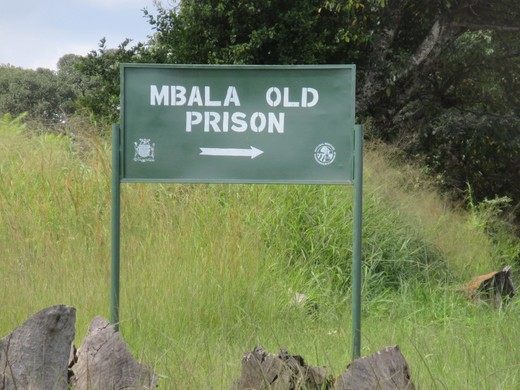 When the war ended in 1918, the prison was then used to accommodate German Askaris—Africans drafted as soldiers to fight for the colonial powers—until they could be repatriated to their homelands. Later, prominent freedom fighters such as Simon Mwansa Kapwepwe, Zambia’s first vice president, were imprisoned here. Today the building stands empty and disused, preserved as a national monument and one of the oldest prisons in Zambia. Its duties as a prison have been taken over by the new Mbala Prison, located next door.
When the war ended in 1918, the prison was then used to accommodate German Askaris—Africans drafted as soldiers to fight for the colonial powers—until they could be repatriated to their homelands. Later, prominent freedom fighters such as Simon Mwansa Kapwepwe, Zambia’s first vice president, were imprisoned here. Today the building stands empty and disused, preserved as a national monument and one of the oldest prisons in Zambia. Its duties as a prison have been taken over by the new Mbala Prison, located next door.
 Clancy's comment: Mm ... One can only imagine the harsh conditions the prisoners had to suffer. I'm ...
Clancy's comment: Mm ... One can only imagine the harsh conditions the prisoners had to suffer. I'm ...

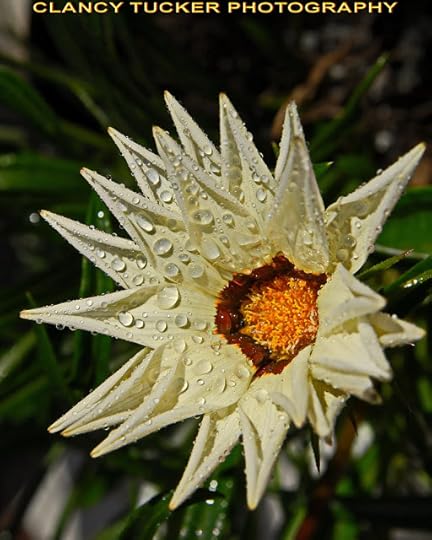
Published on March 16, 2020 13:18
March 15, 2020
16 March 2020 - South Park Street Cemetery - INDIA
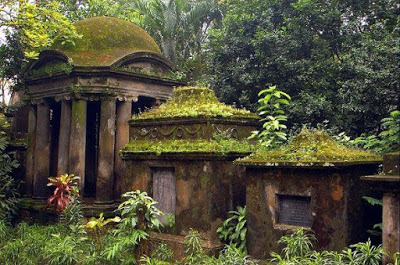
South Park Street Cemetery - INDIA -
G'day folks,An eclectic mix of influences rot together in harmony in this India necropolis. Possibly one of the earliest cemeteries not connected to a church, and probably the largest Christian cemetery outside Europe and America in the 19th century, the South Park Street Cemetery no longer welcomes the dead, but attracts hordes of the living.
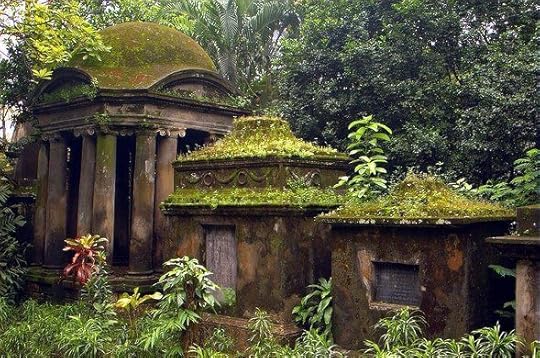
Opened in 1767 and used actively until the 1830s, the eight-acre necropolis is enclosed by a high brick wall which protects the eclectic mix of tombs, cenotaphs, and mausoleums.
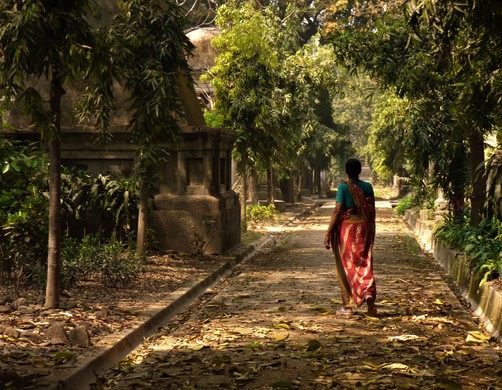
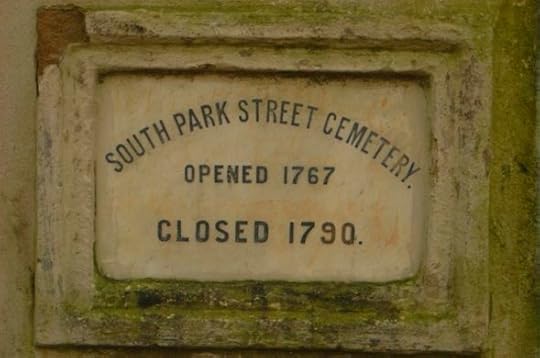
The nearly 1900 graves represent a melting pot of design influences from European gothic to classical antiquity to Indo-Saracenic styles all jumbled up in a maze of obelisks, cairns, urns, and sarcophagi. A number of the graves belong to famous military and political figures of the time, including Sir William Jones, founder of the Asiatic Society, whose towering memorial obelisk is the tallest of the structures in the graveyard.

While South Park Street Cemetery is undergoing constant upkeep and renovations, the rich tropical surroundings continue to encroach on the mouldering stones. Green mosses and prehistoric ferns cover much of the grounds making for a haunting setting for visitors looking for a little history in their boneyards.
 Clancy's comment: Worth a visit to take photographs. I'm ...
Clancy's comment: Worth a visit to take photographs. I'm ...


Published on March 15, 2020 13:30
March 14, 2020
15 March 2020 - Abandoned Lock No. 19 in Washington, West Virginia
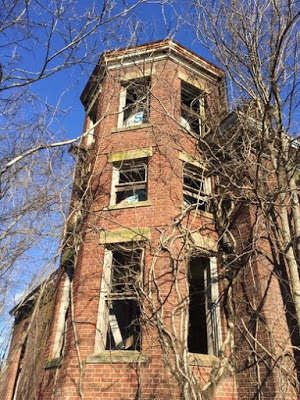
Abandoned Lock No. 19 in Washington, West Virginia
G'day folks,
Yep, here is another abandoned construction - One of the few surviving examples of the first lock and dam system built on the Ohio River.
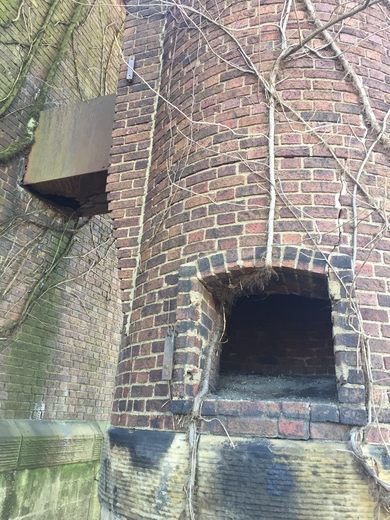
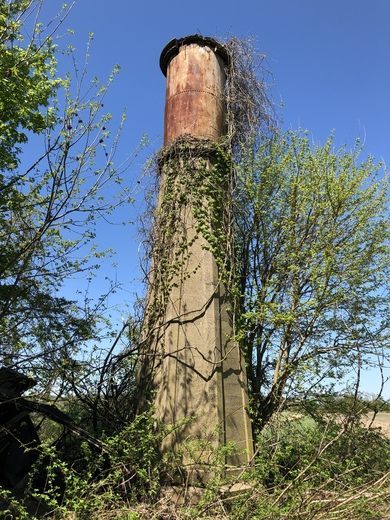
The old Lock No. 19 facility is a uniquely designed and impressive piece of infrastructure. Built in 1916, the long-abandoned complex has withstood multiple floods and years of neglect.
The construction of Lock No. 19 was authorized by the U.S. Congress with the passage of the Rivers and Harbors Act of 1910. A system of 51 wicket dams and their locks were created from Pittsburgh, Pennsylvania to Cairo, Illinois, achieving a consistent water depth of nine feet along the Ohio River so that boats could navigate the waterway year-round. Lock No. 19 included a powerhouse to provide electricity to the lock gates and two homes that housed the operating staff, at a time when large areas of rural America lacked electricity.
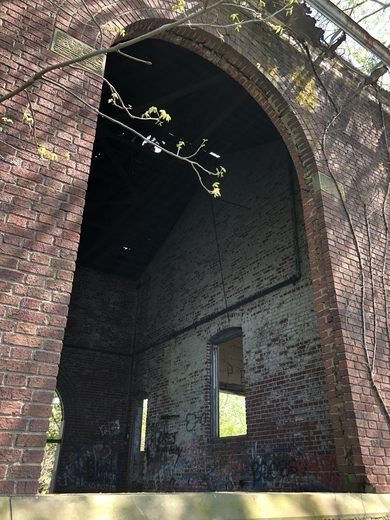
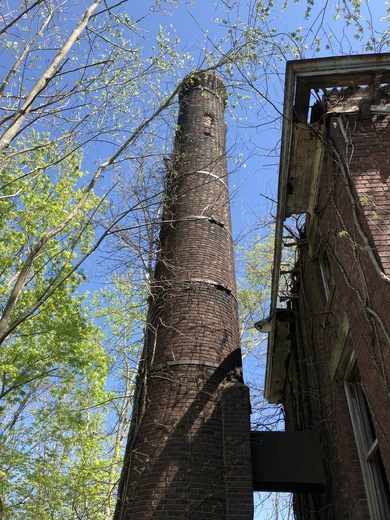
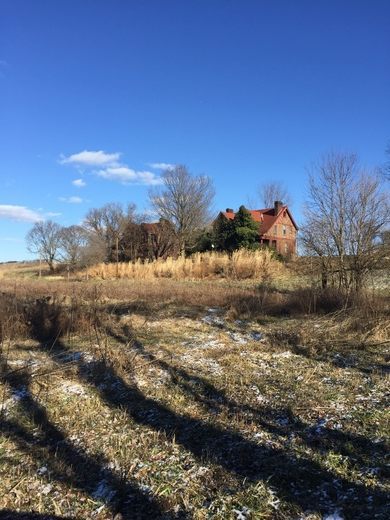
Beginning in the mid-1950s, a modern system of larger locks and dams was built to replace the originals. New lock and dam construction reached its peak during the 1960s and into the mid-’70s. The process was completed in 2018 when the Olmsted Locks and Dam entered service near Paducah, Kentucky.
The old Lock No. 19 was replaced in 1968 and left abandoned. Its decaying remains can still be seen today, one of the few surviving early Ohio River locks that is accessible to the public.

Clancy's comment: Nice-looking building that could become a very interesting home. Just a thought.
I'm ...


Published on March 14, 2020 14:36
March 13, 2020
14 March 2020 - CLANCY TUCKER PHOTOGRAPHY - WILDLIFE

CLANCY TUCKER PHOTOGRAPHY - WILDLIFE -
G'day folks,
Welcome to some more of my wildlife photography.
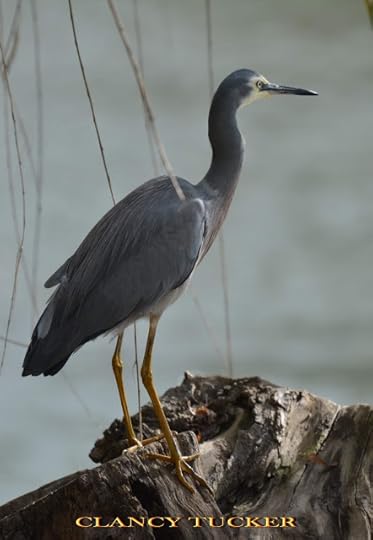
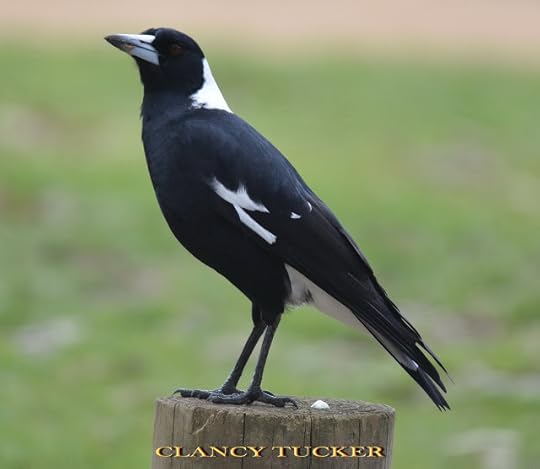












Clancy's comment: I love the dragon, but I also love taking shots of birds in flight.
I'm ...
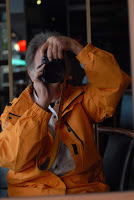

Published on March 13, 2020 13:55
March 12, 2020
Clancy Tucker's Blog: 13 March 2020 - WEIRD AND WACKY STUFF
Clancy Tucker's Blog: 13 March 2020 - WEIRD AND WACKY STUFF: WEIRD AND WACKY STUFF G'day folks, It's nice every now and then to post some crazy stuff. These depict how others li...
Published on March 12, 2020 12:50
13 March 2020 - WEIRD AND WACKY STUFF

WEIRD AND WACKY STUFF
G'day folks,
It's nice every now and then to post some crazy stuff. These depict how others live life.
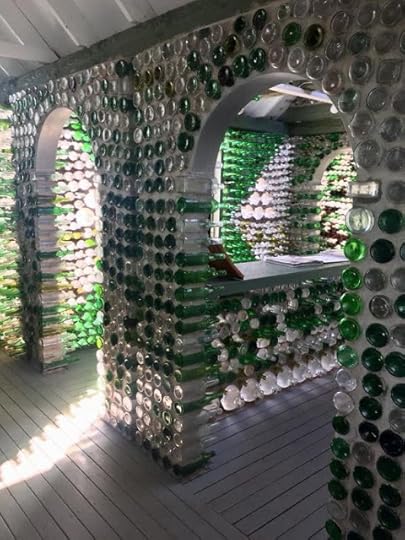








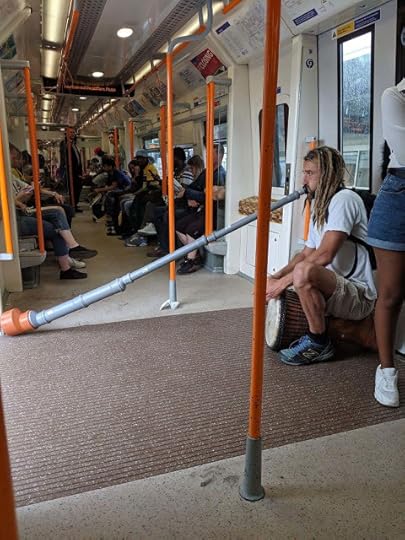
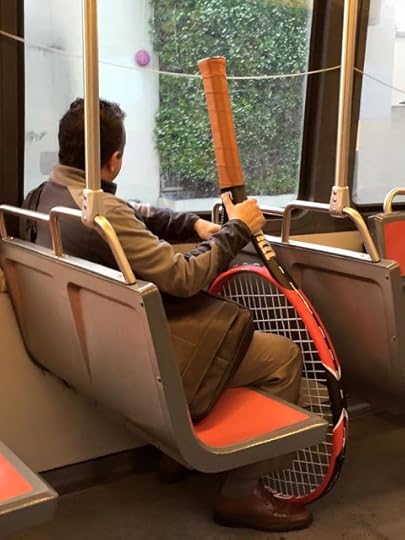

Clancy's comment: Mm ... They say it takes all kinds to make a world, eh? Good luck to them.
I'm ...

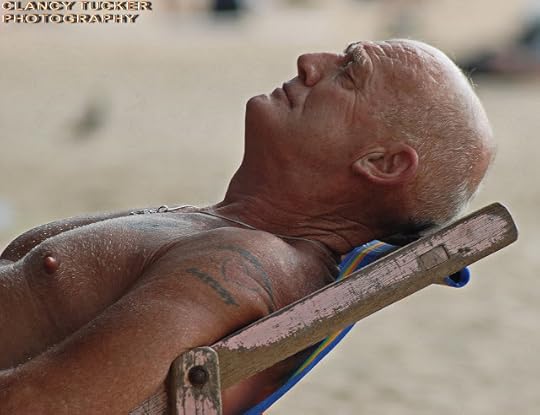
Published on March 12, 2020 12:48
March 11, 2020
12 March 2020 - Carriere Wellington Tunnels - Arras, France

Carriere Wellington Tunnels - Arras, France -
G'day folks,
Welcome to some more tunnels. An underground city of ancient quarry tunnels hid thousands of Allied soldiers in WWI.

The Allies had a secret weapon as they faced off against German troops near the town of Arras, France in the spring of 1917: an underground city, hiding supplies and an estimated 24,000 Allied soldiers.
More than 60 feet below the surface of the city, miles of ancient quarry tunnels snaked below the city surface, allowing troops safe shelter from the mayhem above ground, and a way to move in secret across the landscape.

Tunnel warfare has been common throughout human history in many parts of the world, and WWI was no exception. However, most tunnels of the Great War were either merely cut-and-covered trenches barely below the surface of battlefields, or secret passageways under enemy territory designed for eavesdropping and, occasionally, for detonating gigantic mines. The tunnels under Arras were different.
Quarried since the middle ages (and possibly as far back as Roman times), the tunnels under Arras provided stone for much of the above ground building up until the 19th century. Starting in the fall of 1916, expert tunnelers were brought in to expand and connect the ancient passages in preparation for battle.

A team of 500 tunnelers were brought in to expand and connect the mine tunnels, led by the New Zealand Tunnelling Company and taking advantage of experienced British coal miners, as well as the so-called “Bantam” soldiers who were of under-standard height for a British soldier. Named for the capital of New Zealand, the Wellington Quarries were eventually transformed into more than mere tunnels, housing large supply depots and meeting rooms, kitchens, latrines, a hospital and a light rail system. The tunnels were named after New Zealand towns, from north to south, so that the tunnelers could easily find their way underground.
Used both as shelter and for troop movement during the offensive, the tunnels may have contributed to the success of the battle. Despite heavy losses - estimated as high as 158,660 Allied troops and German losses at about 120,000 - the surprise attack in April of 1917 was generally considered a tactical success, inching the Allies towards eventual victory.
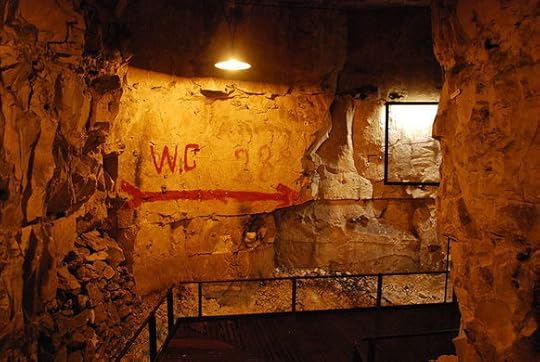
During WWII the tunnels found new life as air raid shelters for local citizens, before being re-sealed in 1945, and slowly forgotten until they were re-discovered in 1990.
In 2008 the tunnels were opened to the public as part of a new museum dedicated to the memory of those who served in WWI, with special attention given to the tunnelers and soldiers who lived and fought below Arras.

Clancy's comment: I guess you do what you have to do according to the circumstances prevailing at the time.
I'm ...


Published on March 11, 2020 13:08
March 10, 2020
11 March 2020 - Queen of Beach Markets - Baga, India
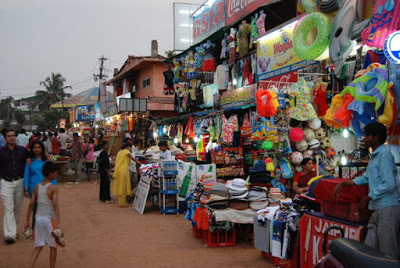
Queen of Beach Markets - Baga, India
G'day folks,
I guess we have all been to some form of market. Known as the "Queen of Beach Markets," Calangute epitomizes Goa's beach flea market scene.
Calangute, a version of “Koli-gutti,” a vernacular term for fishermen’s land, is situated about nine miles north of the Goan capital. A captivating beach and market square, it’s known for its numerous stalls and shops that line the sandy beach, offering mouth-watering, local seafood.

Similar to Anjuna beach market, Calangute attracts tourists from all over the world and owes its popularity to the 1960s and 70s hippie culture that brought millions of backpackers and western tourists to this area. The beach is about 4 miles and lined with palm trees, shacks, and stalls. Locals sell a variety of goods and food including fried prawns, seashell trinkets, sarongs, leather sandals, and jewelry.
The market square in Calangute hosts a year-round Saturday bazaar near the post office. Textiles, trinkets, pottery as well as fresh groceries including fish and meat are available for tourists and locals. Besides local jewelry and textiles, goods from other countries like Thailand and Tibet also find their way here.



In the central Calangute market square is a quaint old Tibetan market, offering gems, silver-work, Buddha wooden statues as well as other Hindu gods. Carpets from Kashmir, and sarongs from Thailand are also frequently sold items in this part of the market. Prices in the Tibetan part of the market are higher than in the outside stalls. As is common in most Goan tourist markets, bargaining is an art.

Clancy's comment: Love markets.
I'm ...


Published on March 10, 2020 14:15
March 9, 2020
10 March 2020 - THE SUSPENDED COFFEE - A SHORT STORY

THE SUSPENDED COFFEE - A SHORT STORY -
G'day folks,
Welcome to another short story. Not sure who wrote it, but it's worth reading.
On a cold, stormy winter day, an old friend invited me out for a cup of coffee.
We met by his house, and as we walked down the street, we passed by a small café with a sign hanging on their door that read: "You’re welcome in, we have suspended coffee."
"Suspended coffee?" I asked my friend. "What does that mean?"
"You've never heard of it?" my friend asked, and I shook my head. "Follow me," he told me, and we joined the line of people standing in front of the cash register.
"What can I offer you today?" The cashier asked a couple of young lawyers who were looking at the menu.
"I think we'll take three cups of coffee," one of them said. "2 now, and 1 suspended."
The cashier nodded, as if it were an ordinary order, took payment and placed two cups of hot coffee on the counter. The two thanked him, took the two cups and left without waiting for the third.
The next in line was an older couple.
"Same order as always?" The cashier smiled at them. "Yes, thank you," replied the woman. "But please add two suspended coffees, we haven’t purchased any of those in a while."
A few minutes later the couple received their order, and our turn to order arrived.
"Good Morning!" Said the cashier. "How can I help you?"
"I think we'd like two cups of coffee," my friend said. "We'll drink them here."
When our order was ready, we took our cups and sat down to drink them together.
"Will you tell me what this is about?" I asked my friend, but he just said: "wait and see."
Our conversation flowed, and before we noticed it, nearly two hours passed. Our coffee cups were already empty, but we laughed at shared stories, reminisced about past memories, and didn’t look at the clock even once.
The café was almost empty of people when the door suddenly opened and a man in old shabby clothes and a tired look came in and stood quietly in front of the cash register. He thought for a moment and then asked quietly:
"Do you have a suspended coffee?"
The cashier smiled and nodded, poured the man a cup of hot coffee and placed it in front of him.
The man thanked him, took the glass and left.
No one else seemed to take notice of this moment, which appeared to be ordinary in this café, but I could not help but be moved by this little gesture.
"Anyone who wants can prepay for a cup of coffee for someone less fortunate without making them feel bad." My friend told me when he saw my expression. "The cup of coffee waits for anyone interested in it, and who knows better than us what a warm cup of coffee can do for a cold a dreary day."
When we got up to leave, I stopped for a moment and went back to the cash register.
"Can I offer you something else?" Asked the cashier.
"I just wanted to buy another cup of coffee." I took my wallet out of my pocket and put a bill on the table. "Suspended, if that’s okay."

Clancy's comment:
A small act of generosity on the part of one person can change another’s whole day, but often those who need it may feel uncomfortable or ashamed to ask for something that can help them. If we all look around, I'm sure we’d see at least one person that we can help. No matter how little we think we’re doing, the people who need it most will appreciate it!
This story is based on a real initiative by several cafes around the world who decided to help those who can’t buy a cup of coffee at the beginning or end of their day.
I'm ...

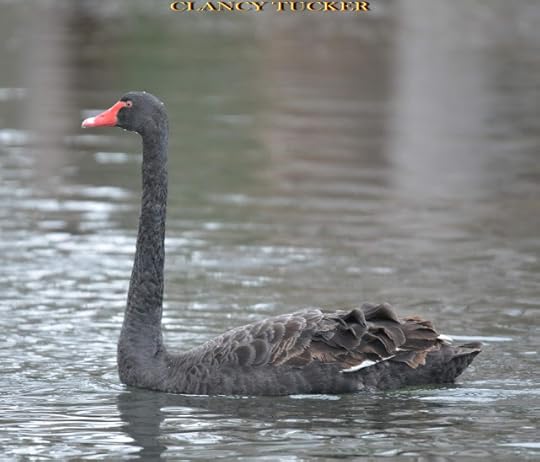
Published on March 09, 2020 13:01



